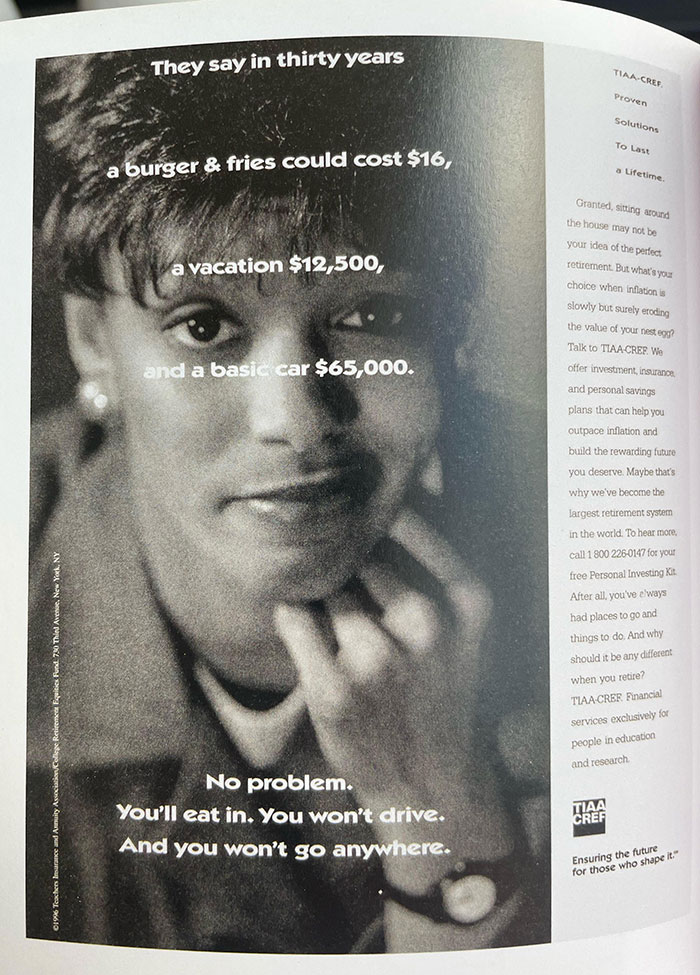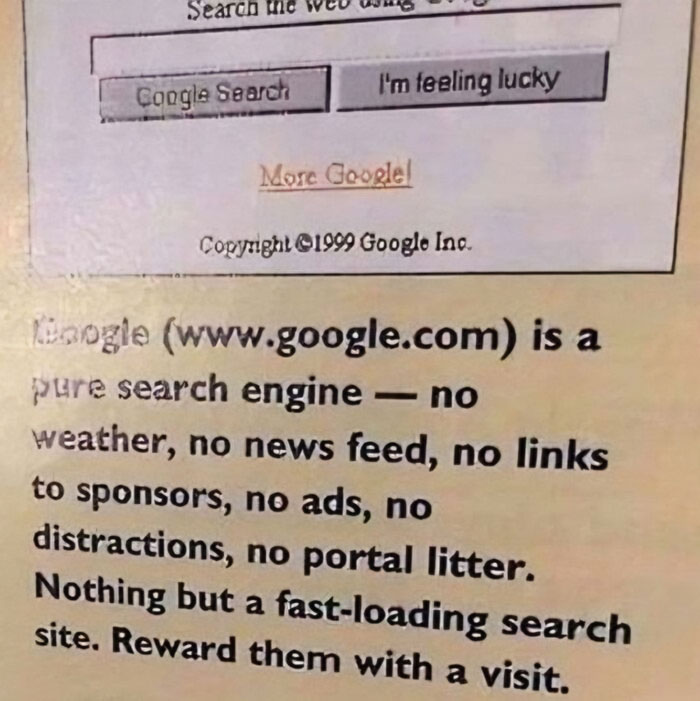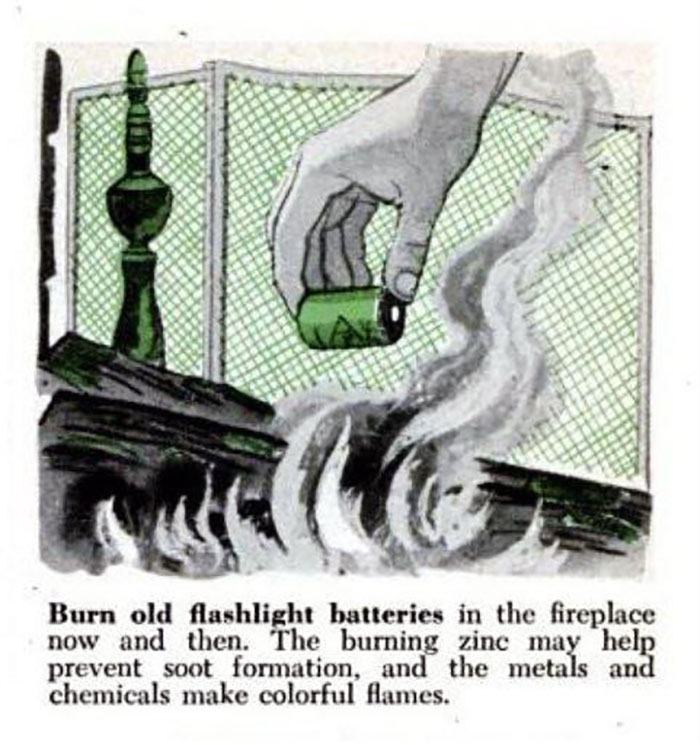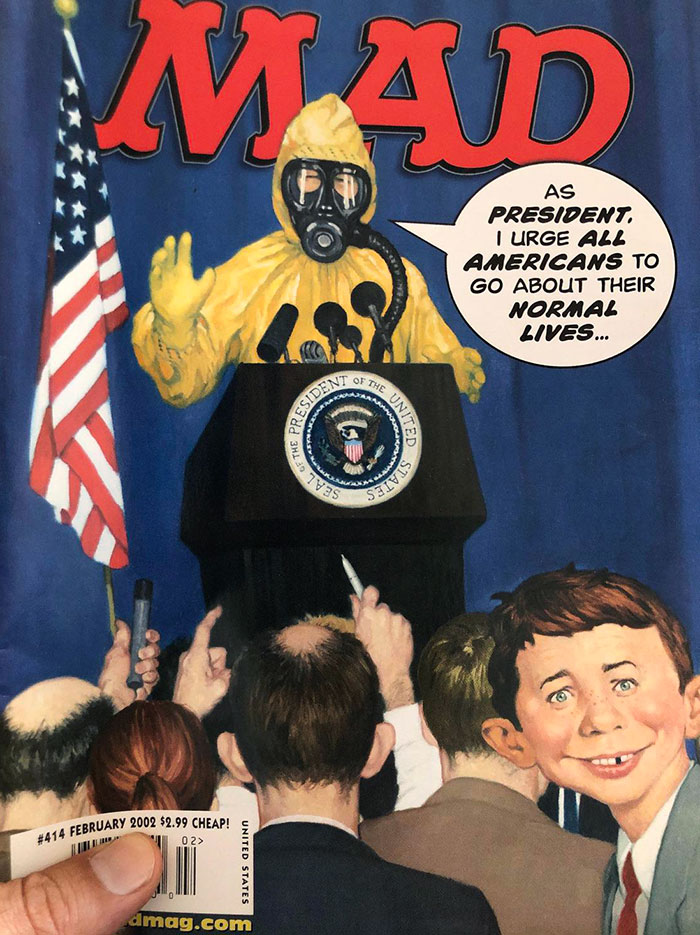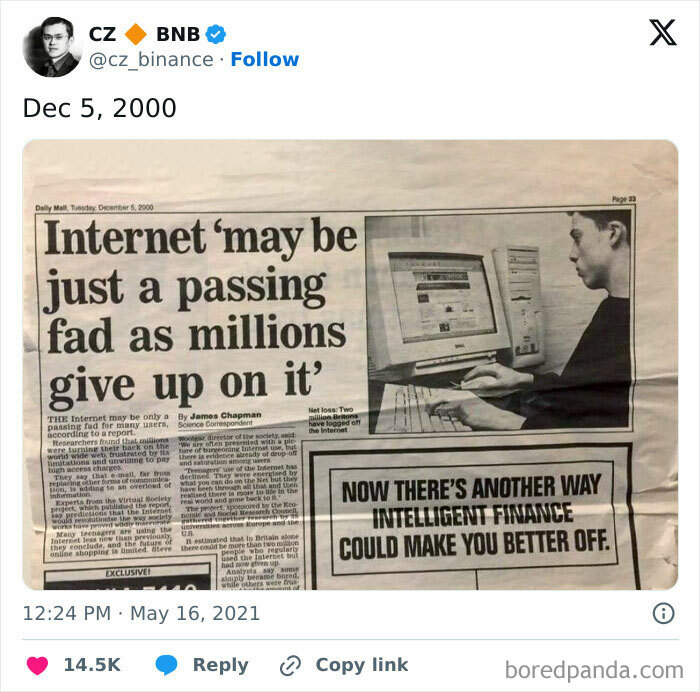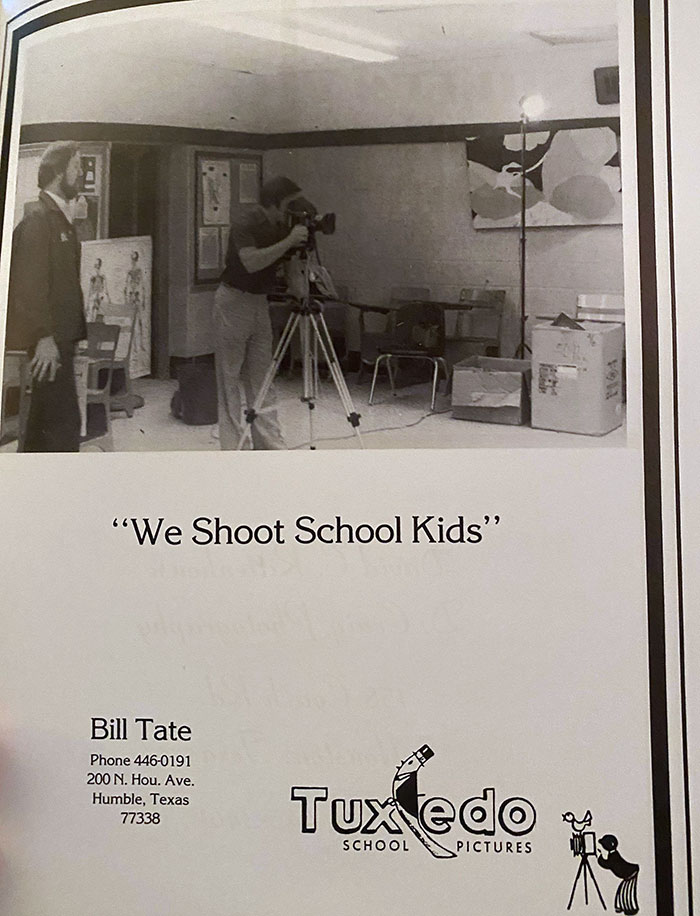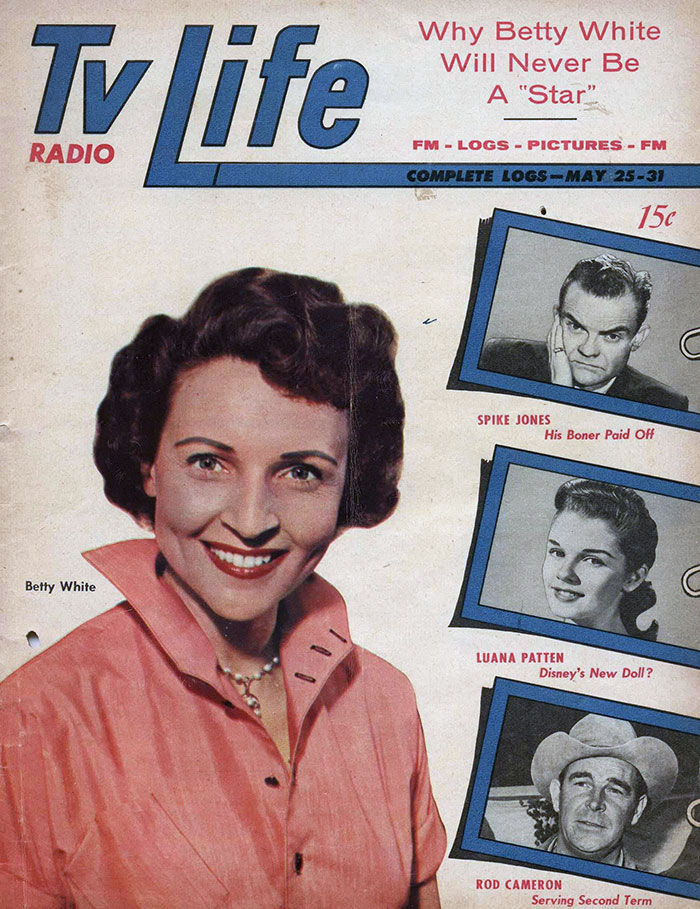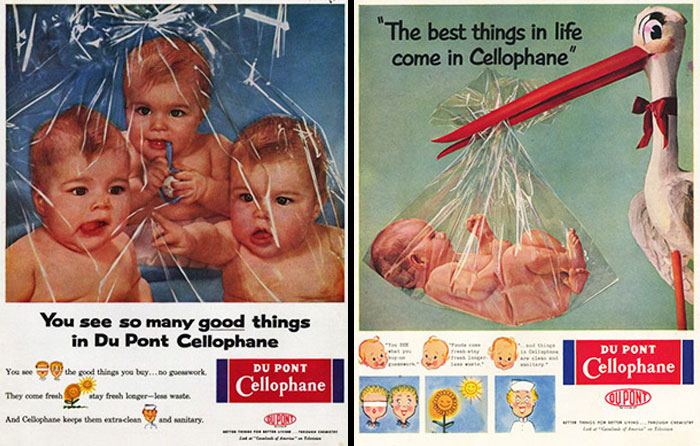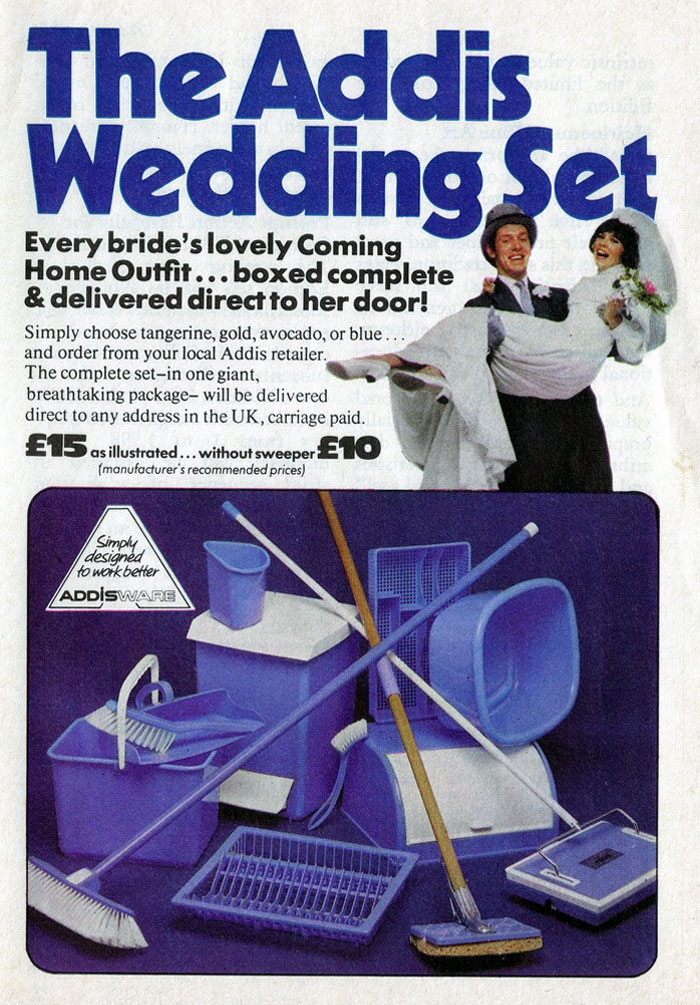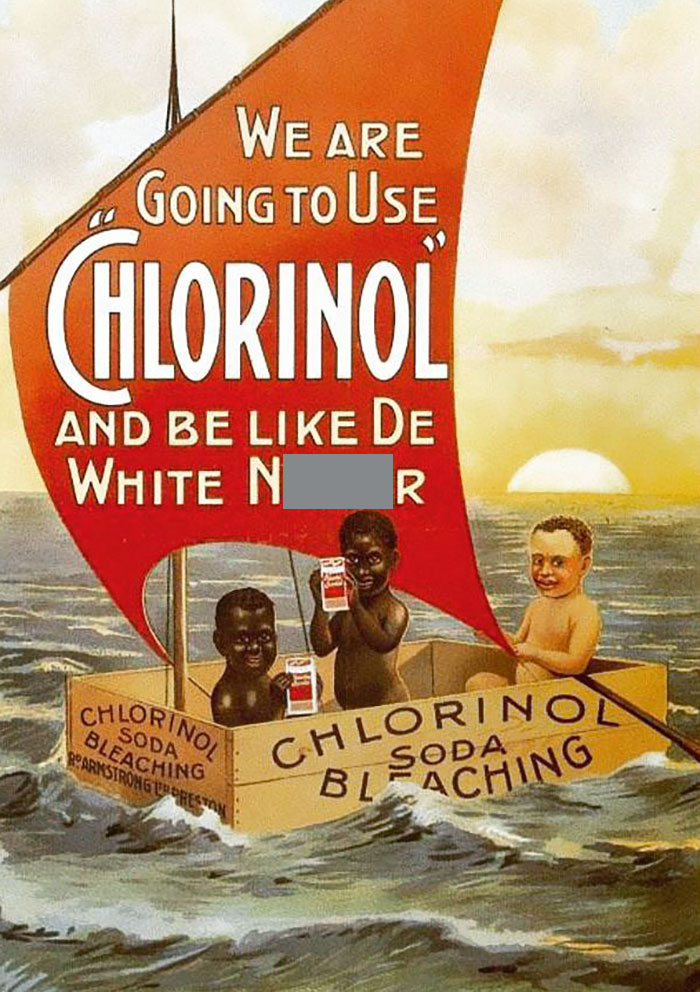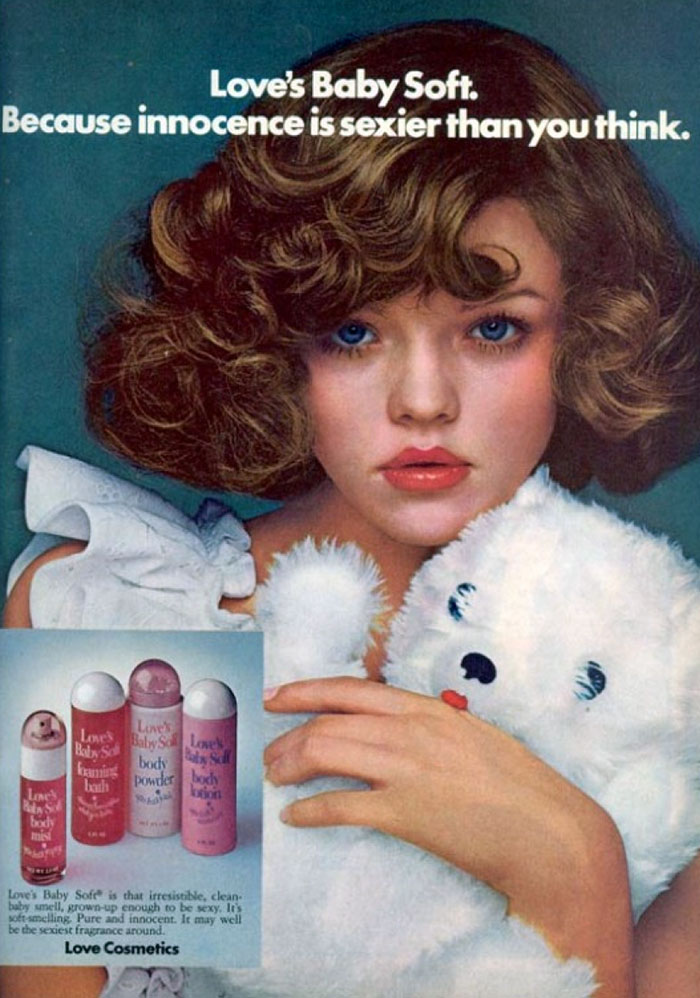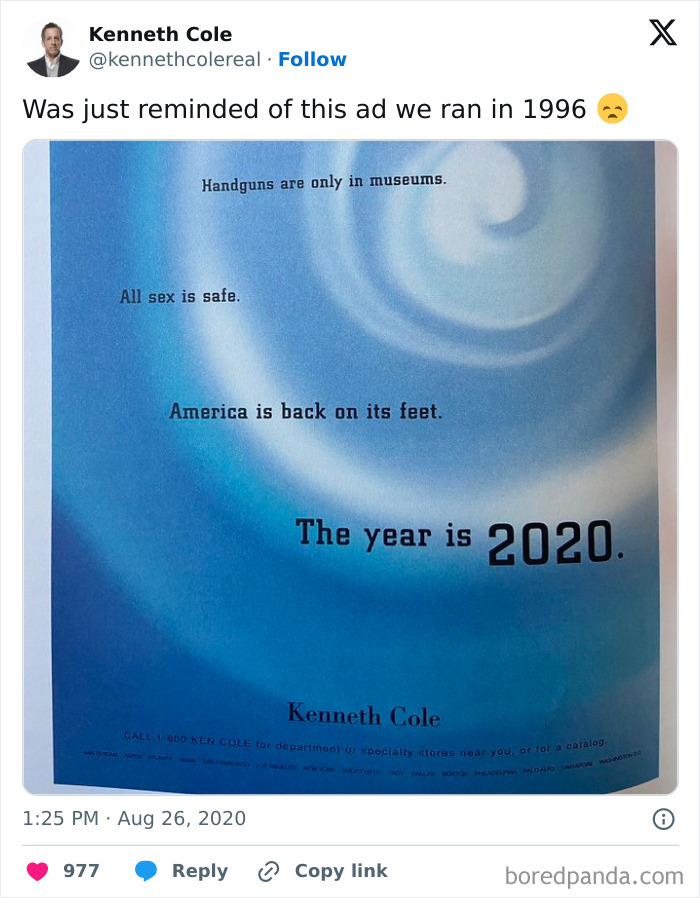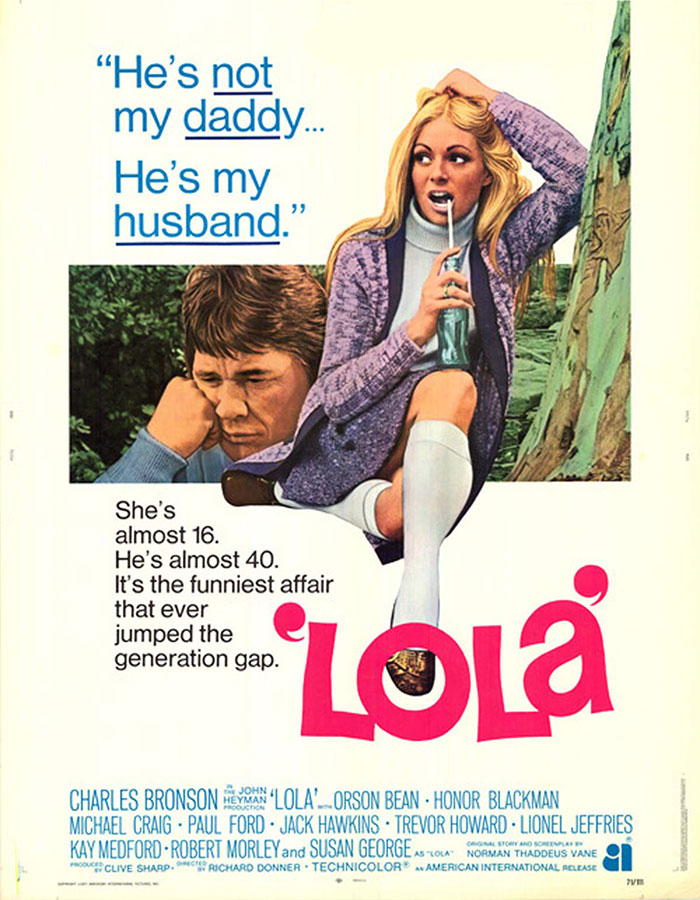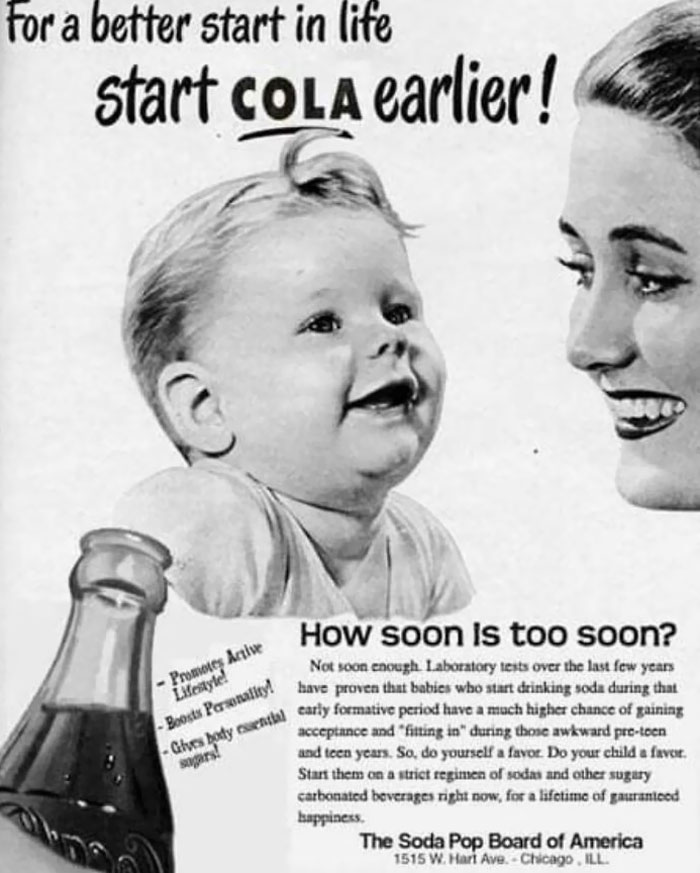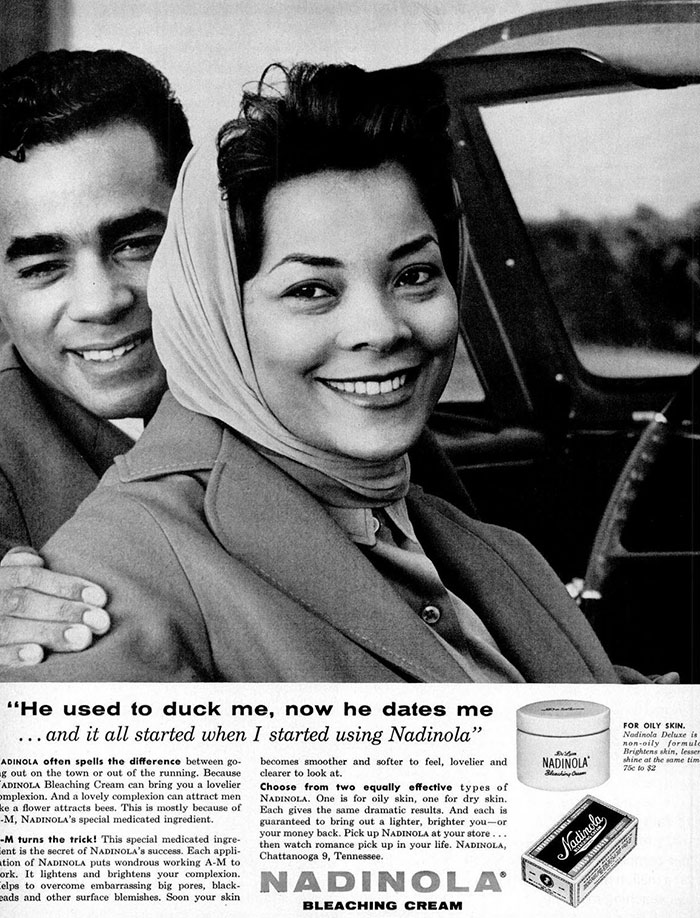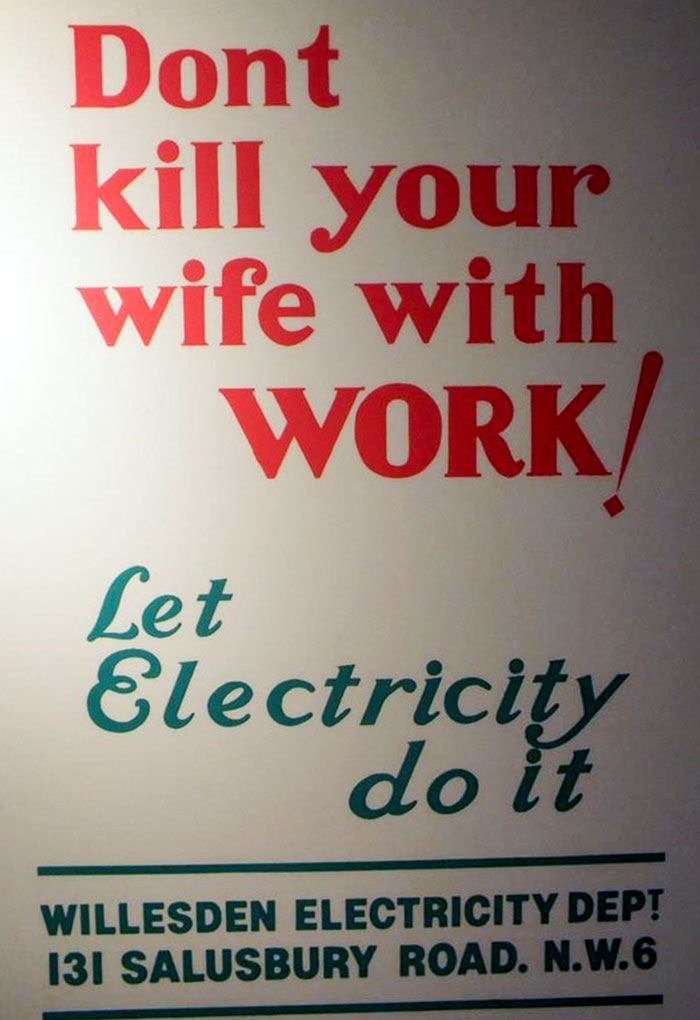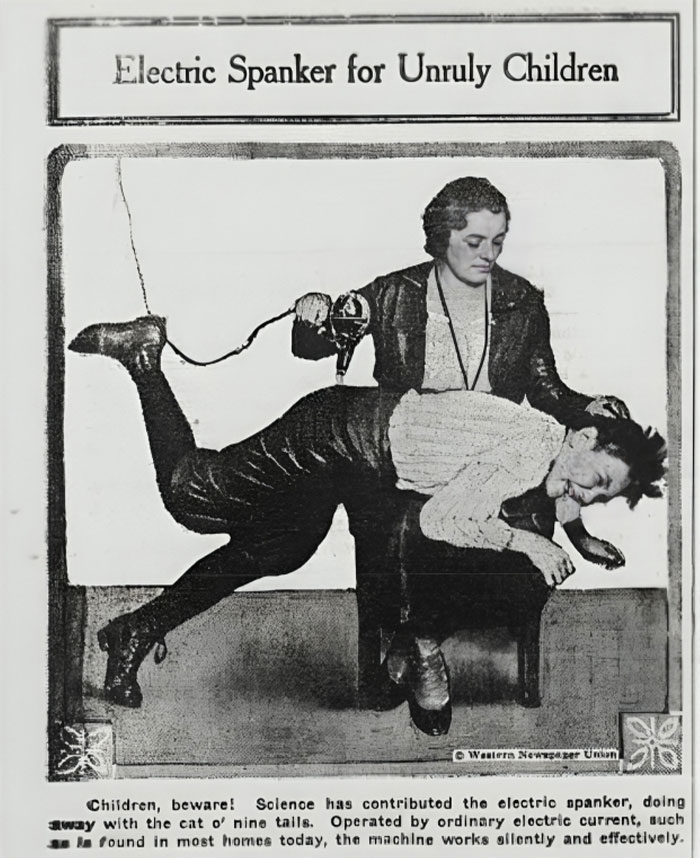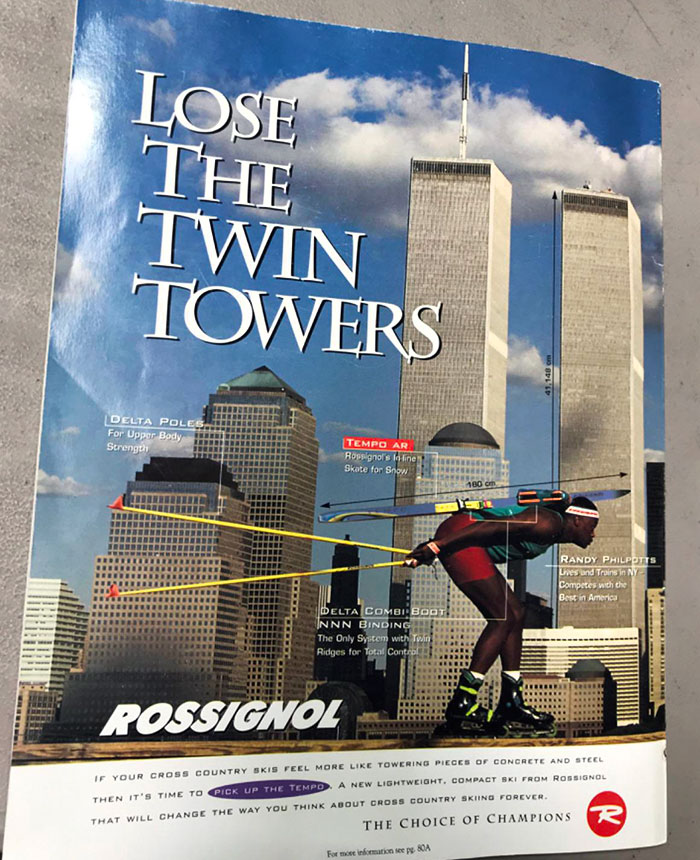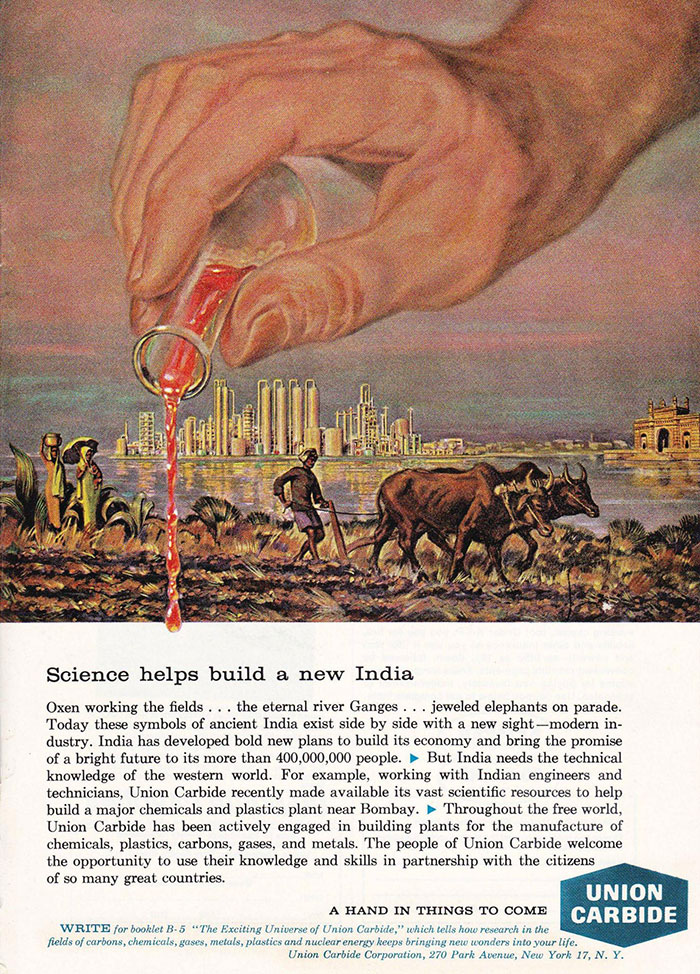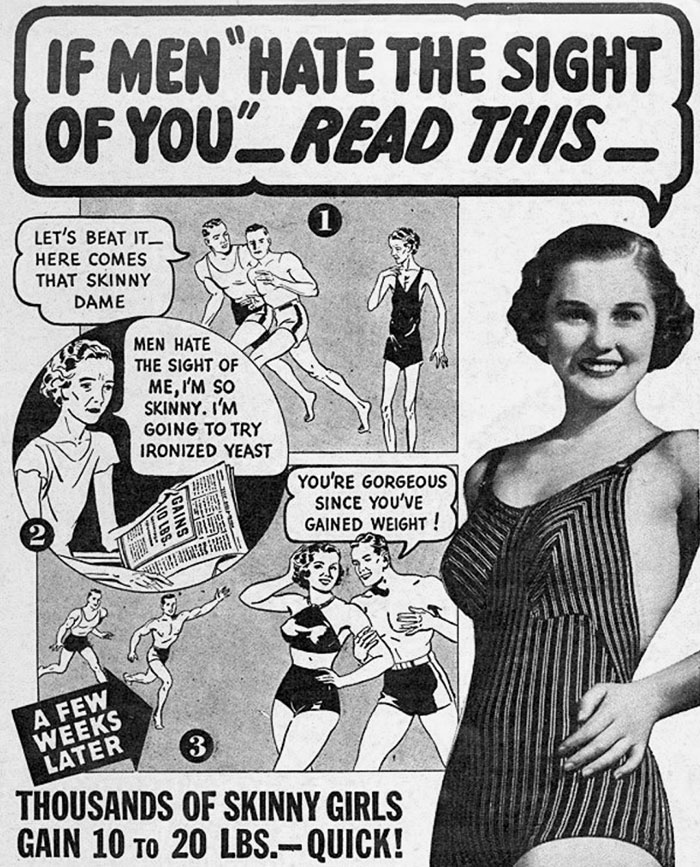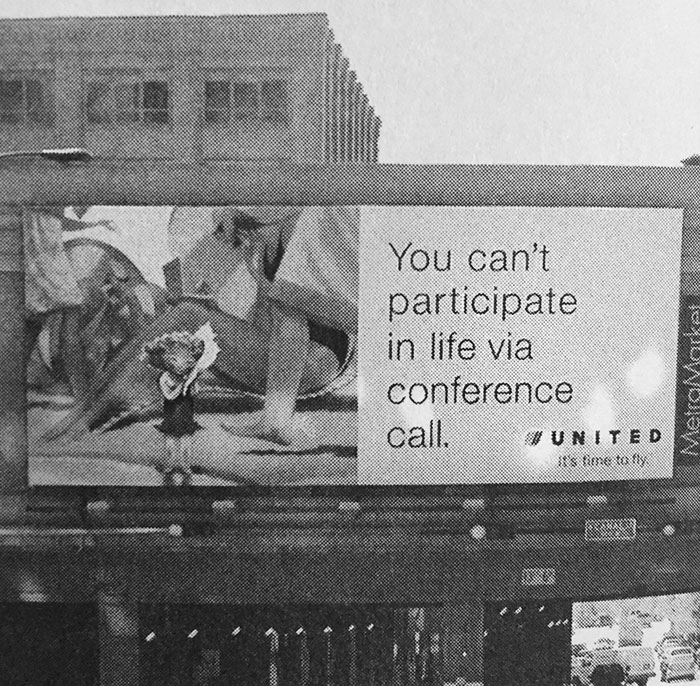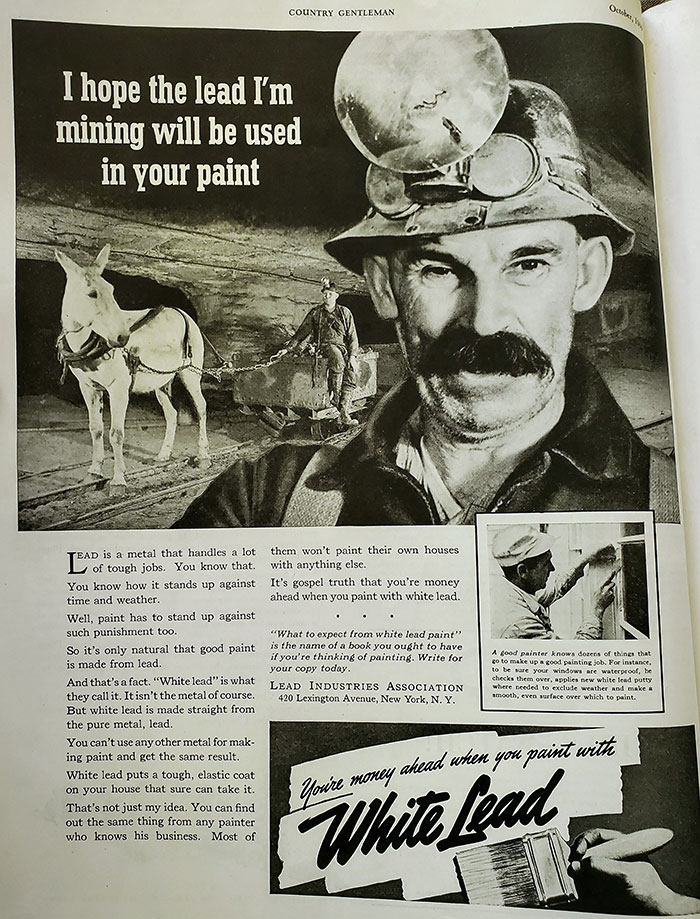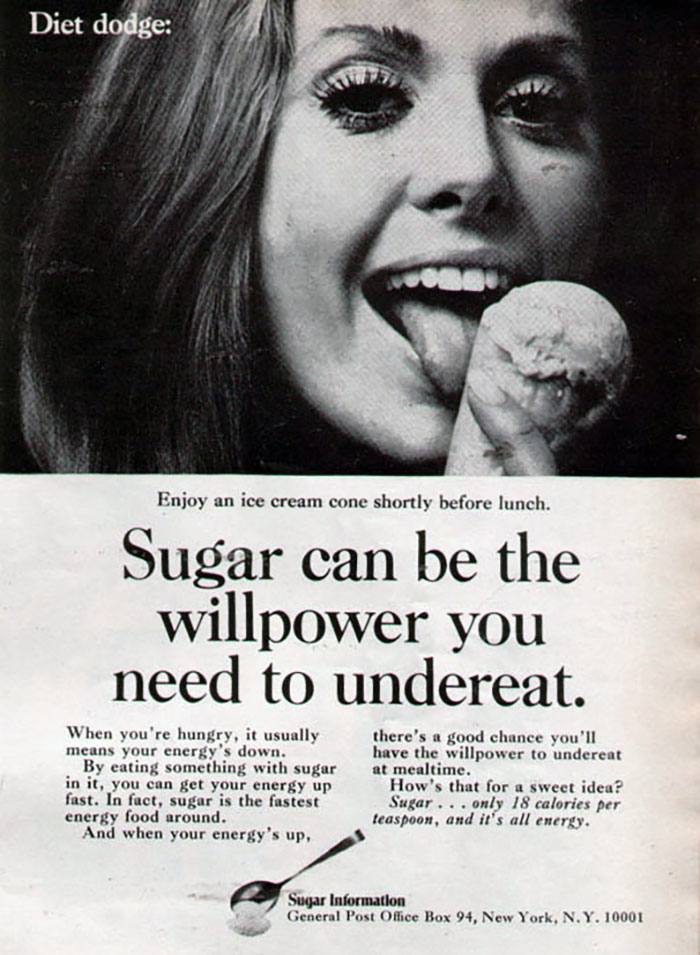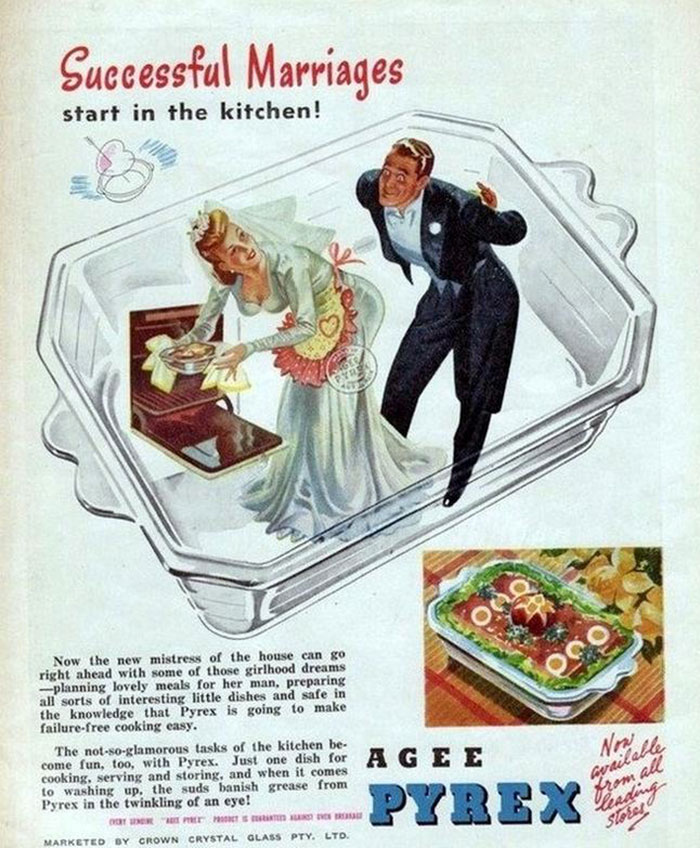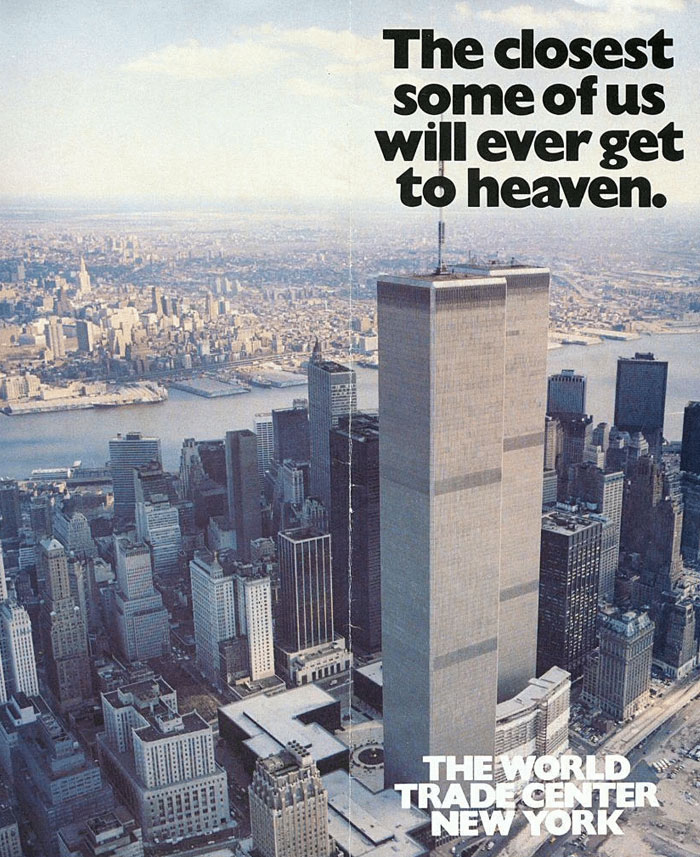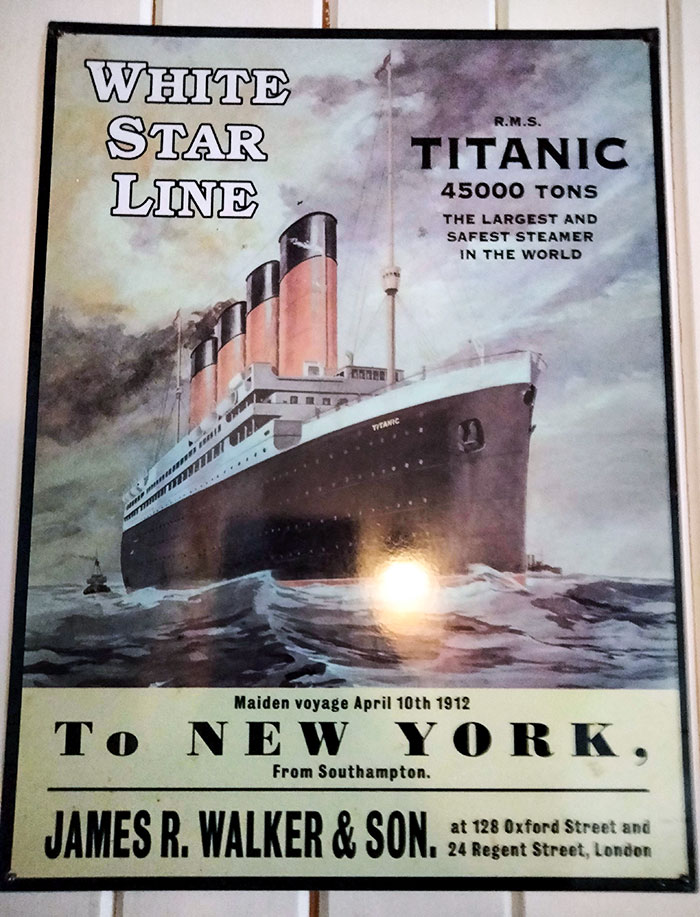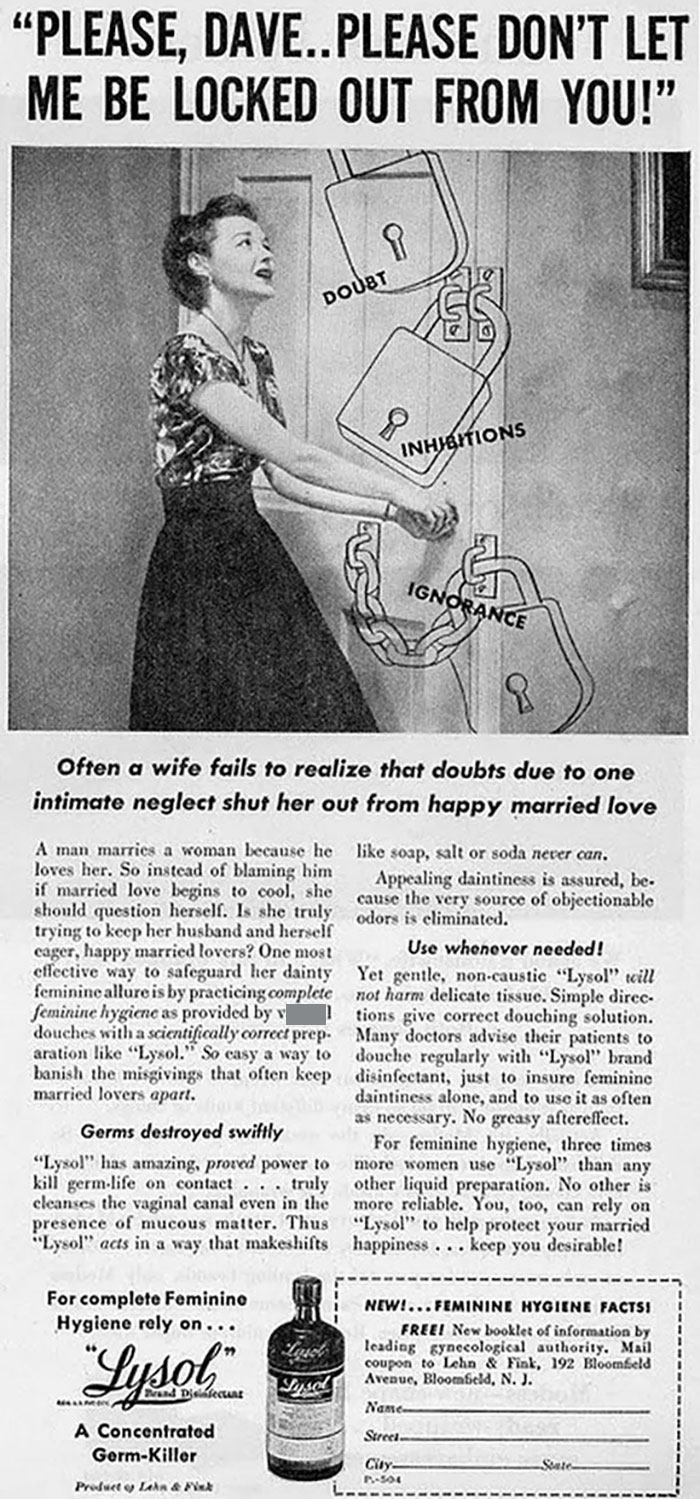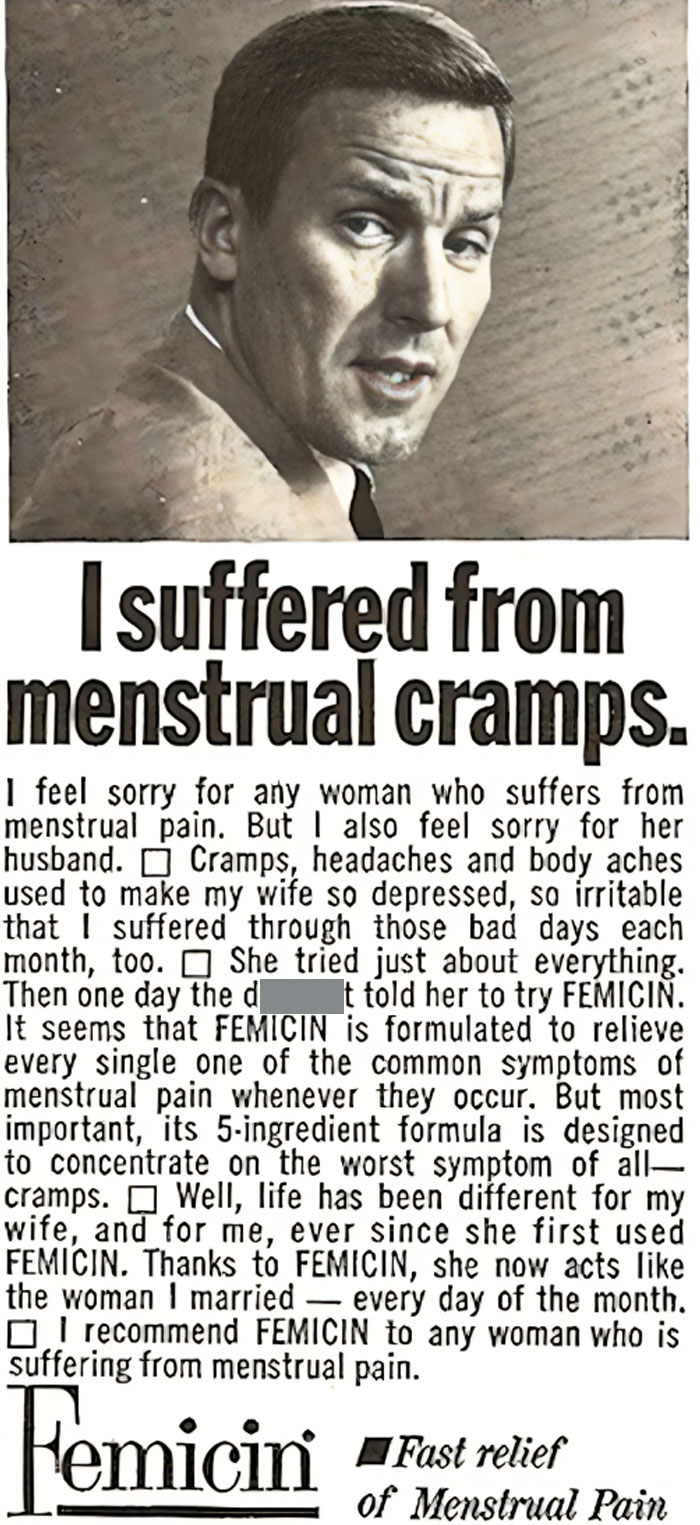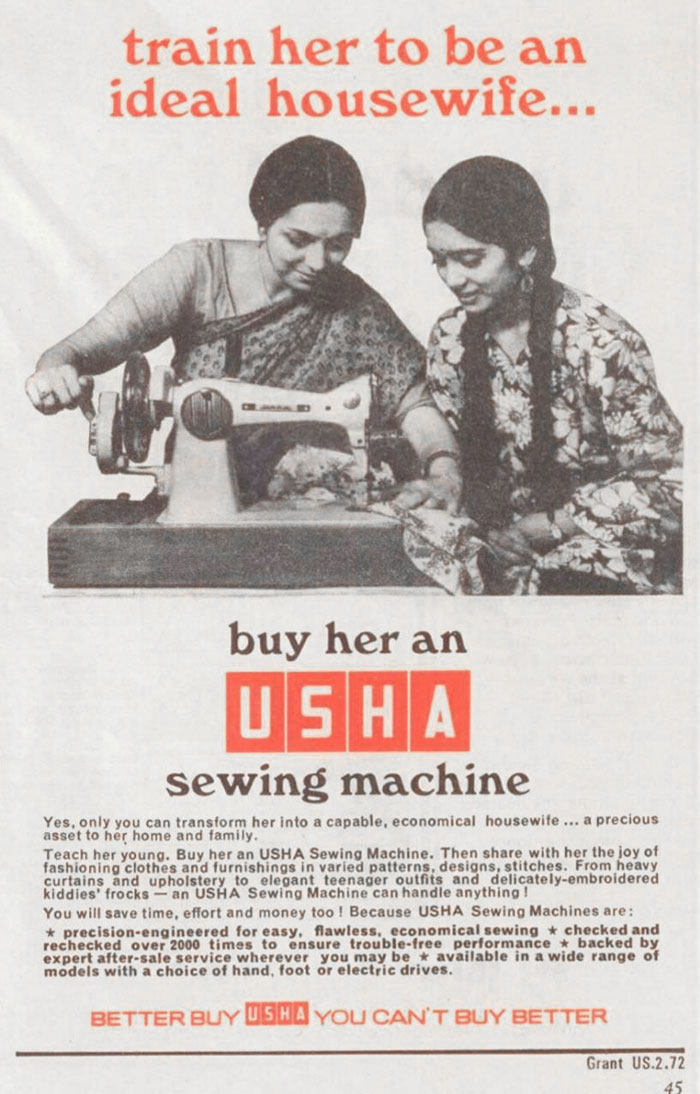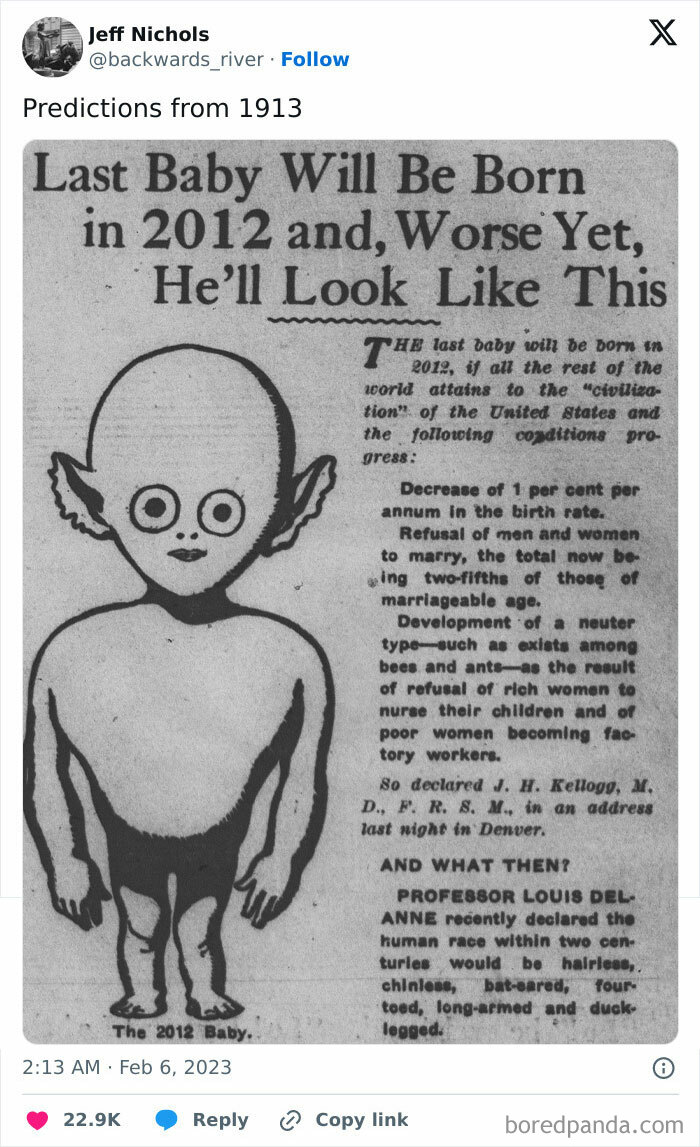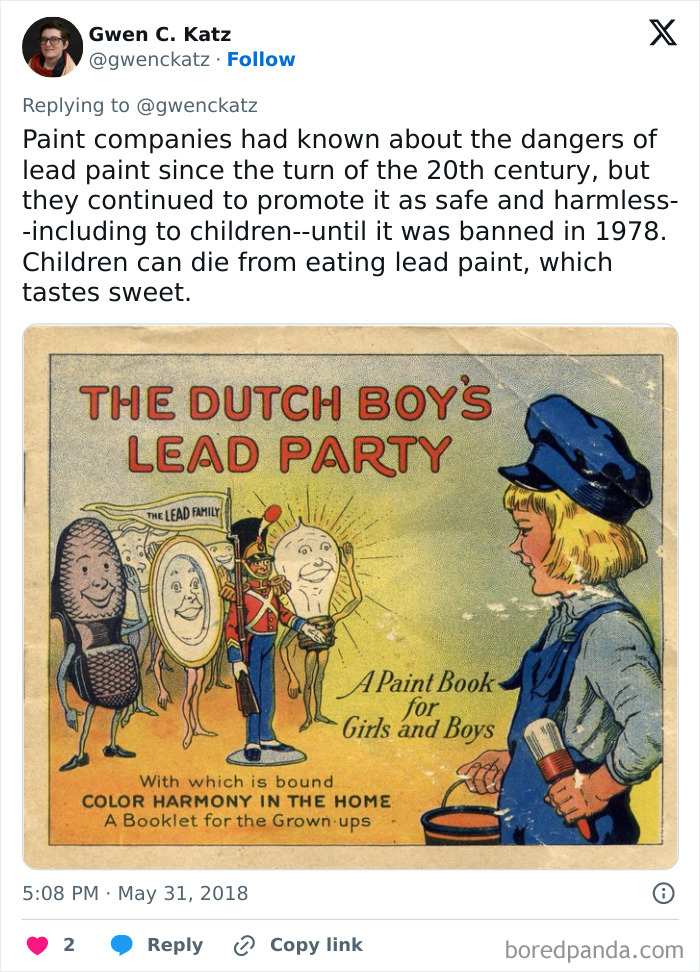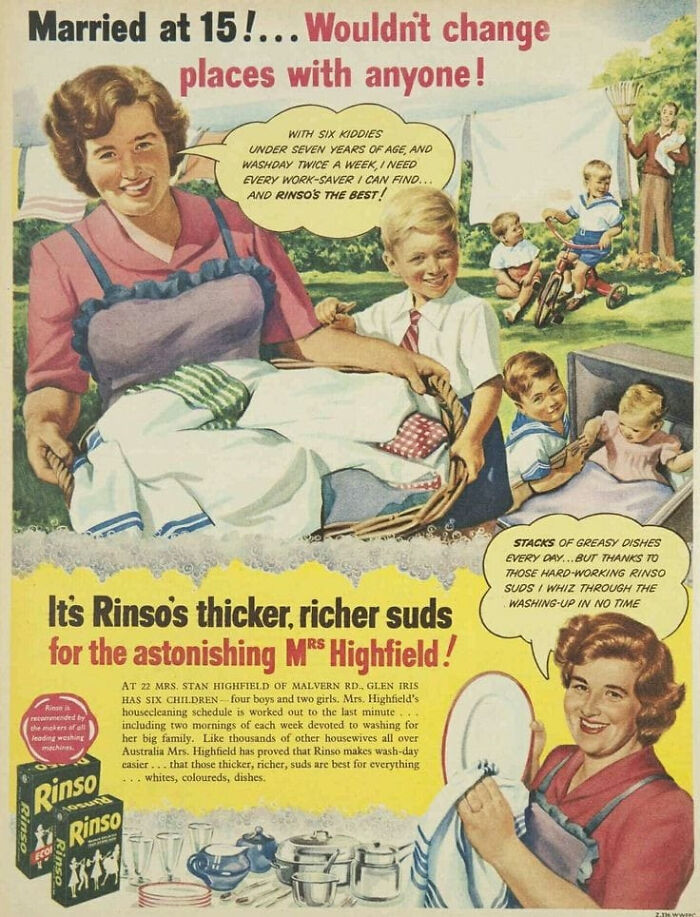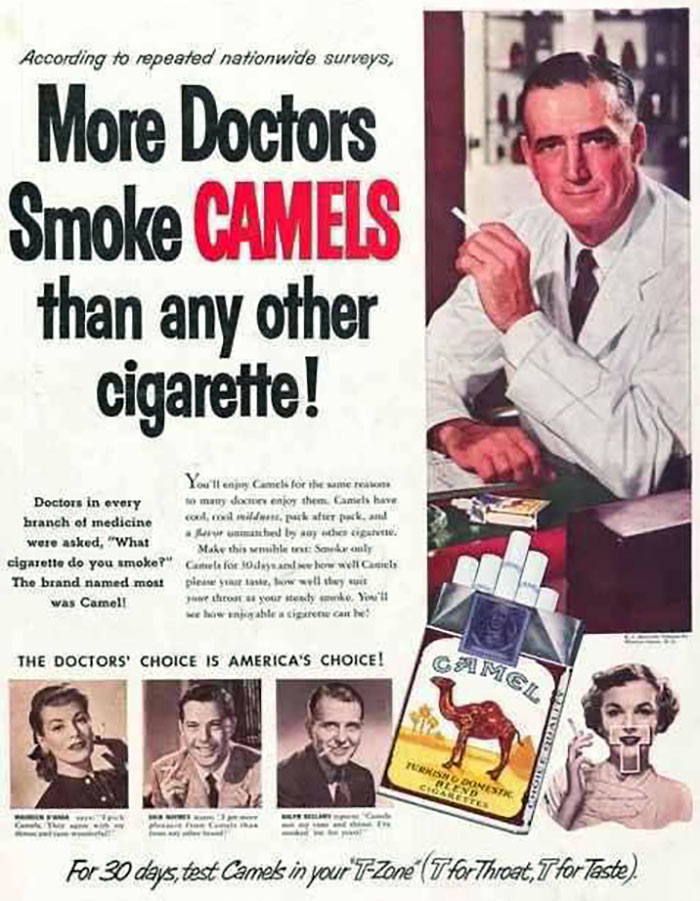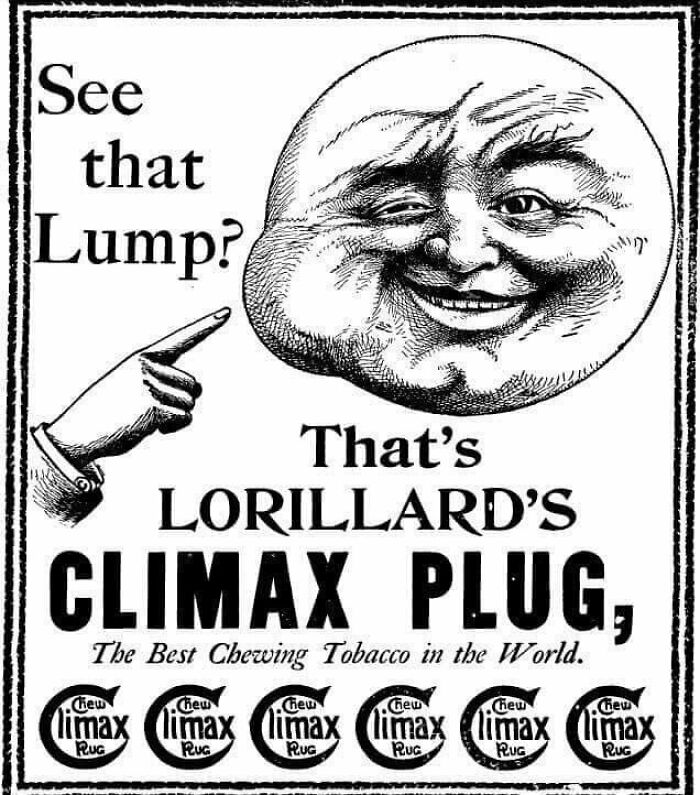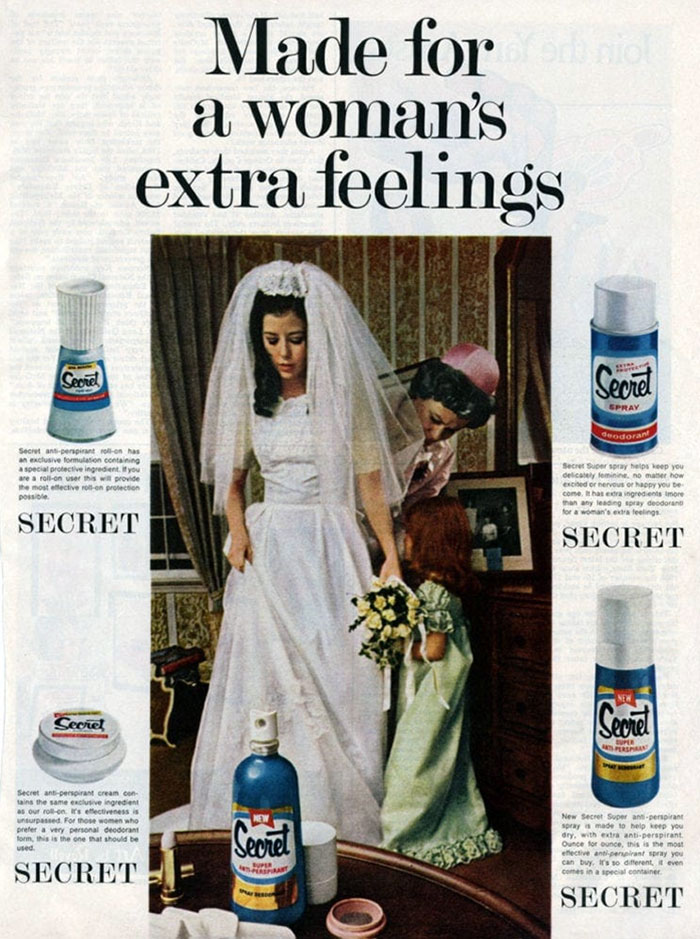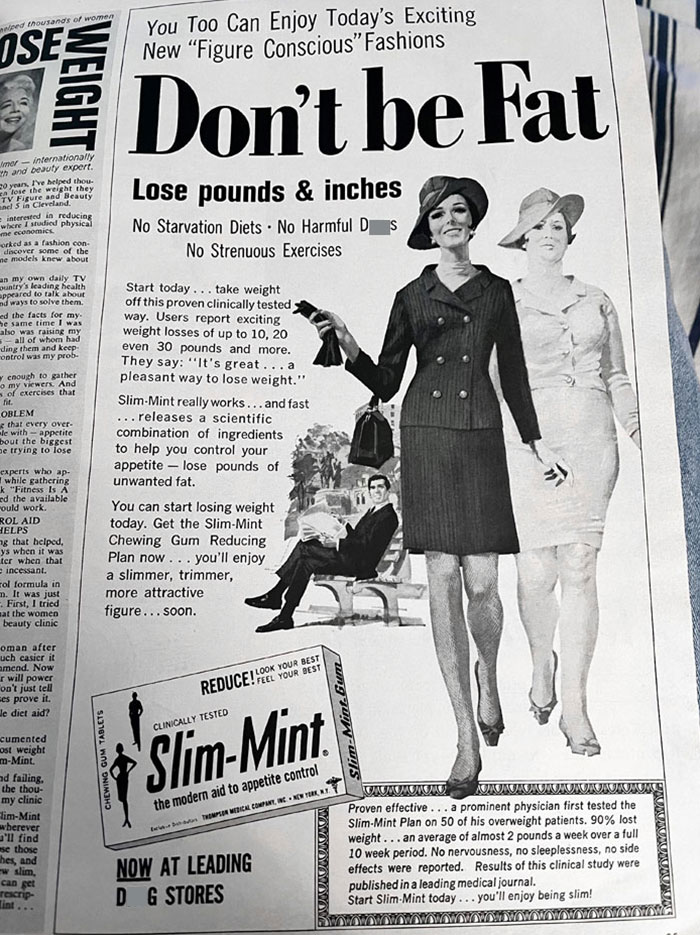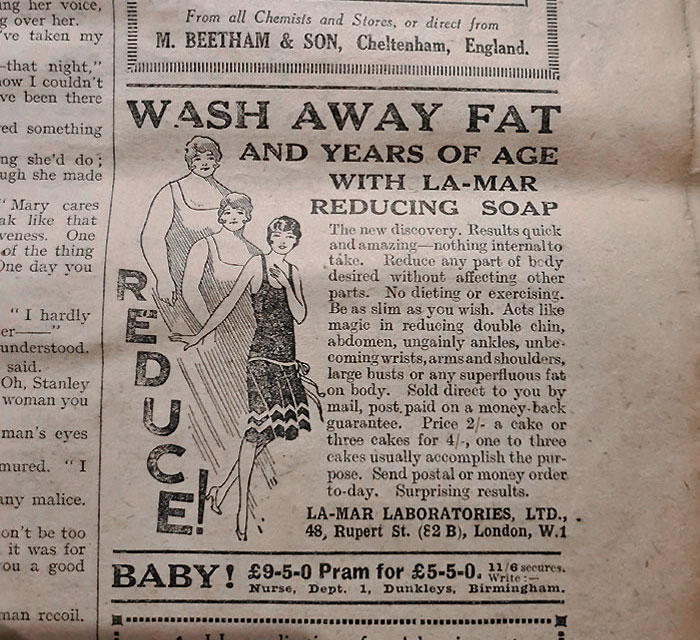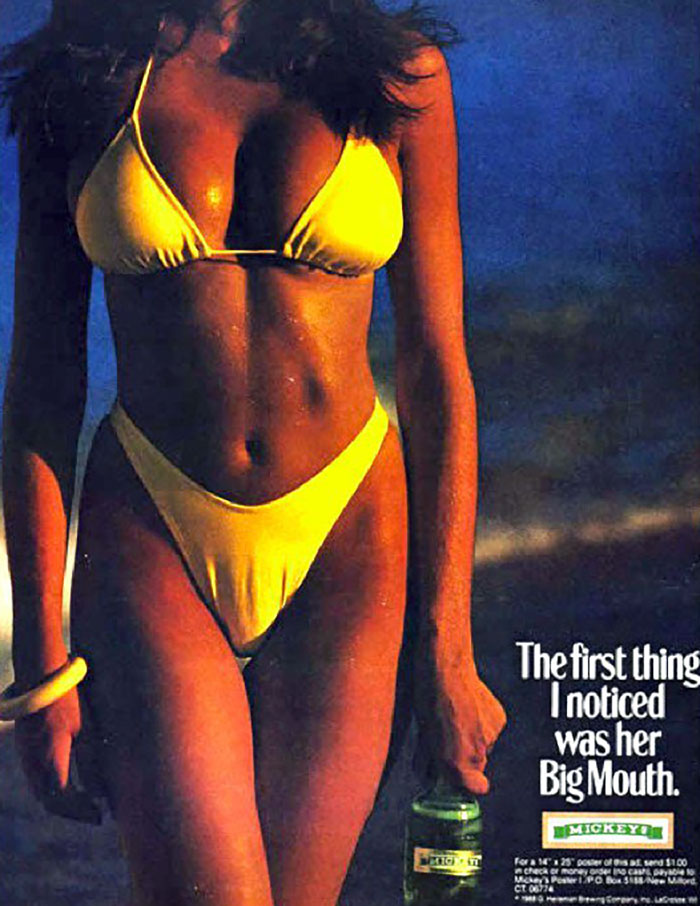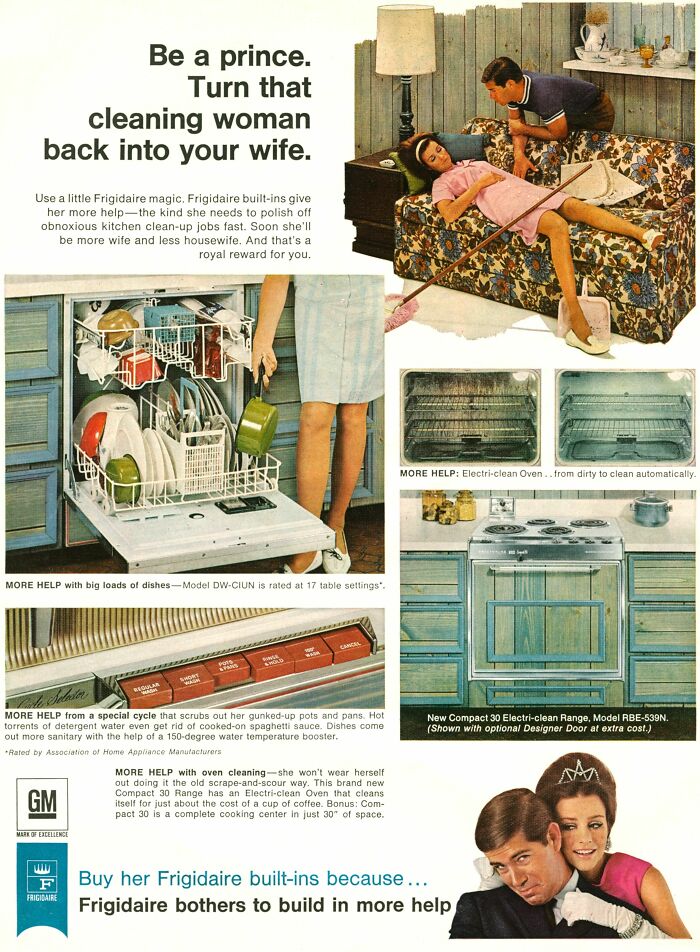Companies and brands spend millions every year on advertising. The global spending on advertising in 2020 was 674 billion U.S. dollars. In fact, statistics show that in America, a dollar is spent on advertising per person each day. Sometimes, we might be so used to seeing ads we don’t even realize we’re being sold something. Nowadays, there are a lot of rules about what’s appropriate in an ad and what’s not. Back in the day, almost everything was fair game. That’s why there were loads of sexist, racist, tobacco, asbestos, and lead-praising ads. We’ve compiled the most absurd vintage ads for you here. Enjoy and wonder: “How could this have been a thing?” But the ads praising harmful materials like lead and asbestos probably take the crown of absurdity. How is it possible that marketers advertised them as “amazing” and people thought it was okay? Back in the late ’70s, people used asbestos in many common household and construction items: hair dryers, kitchen appliances, plumbing, floors, and, of course, roofs. Today, it’s still used for occupational gear and clothing, but most countries have banned many different forms of asbestos. The U.S. banned the last type, chrysotile asbestos, in 2024. They cause healthy lung tissue to scar or mutate asbestosis, mesothelioma, and lung cancer. In fact, it’s classified as a known human carcinogen by The U.S. Department of Health and Human Services. But why were the ads for asbestos so popular back in the second half of the 20th century? Apparently, industry leaders did their best to suppress any medical evidence linking asbestos to all the above-mentioned horrible diseases. Advertisers positioned the toxic material as something futuristic and affordable for home makeover projects. And the flashy, fun commercials and ads got to people – they really believed this was the natural mineral of the future. Steven Jones, plant manager at EnerSys, told NPR that the manufacturing process is a technological ballet. “Through this level of automation, we’re providing a cleaner environment for our operators and again, providing a safer environment.” An even more crazy 1890 advertisement claimed that cigarettes can help treat asthma and other respiratory ailments. They even recommended giving them to kids older than six. Many similar ads touted the benefits of smoking: less irritation, child-friendly, and one even claimed cigarettes were “pure as the water you drink.” In 1964, the U.S. Surgeon General did the same. The U.S. government first took action in 1965, requiring manufacturers to include information for consumers about the dangers of smoking on the label. That’s when the FTC also started a regulation revolution – at last, they were asking marketers to prove the validity of their claims. They also cracked down on advertising toward children. Whereas advertisers enjoyed their unchecked privilege before, now they have more responsibility. Follow Bored Panda on Google News! Follow us on Flipboard.com/@boredpanda! Please use high-res photos without watermarks Ooops! Your image is too large, maximum file size is 8 MB.
